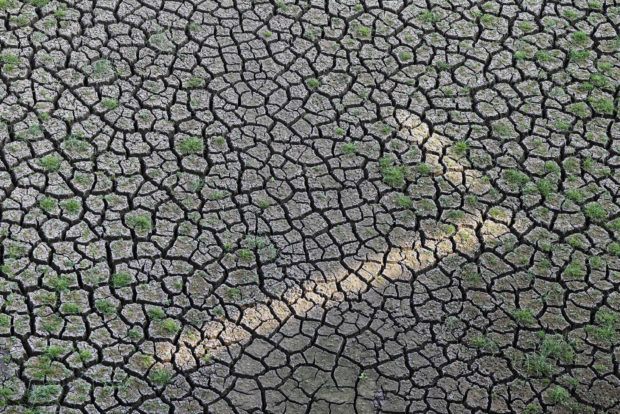An El Nino may develop by July as forecasters worldwide predict the pattern that can disrupt global weather is set to return this year.
Six of eight climate models predict El Nino thresholds may be reached by July, with all showing steady warming in the central tropical Pacific Ocean over the next six months, the Bureau of Meteorology said on its website on Tuesday. The bureau maintained a “watch” for the weather pattern, indicating a 50 percent chance of it forming this year.
Less than a year after the end of one of the strongest El Ninos on record, forecasters around the world are predicting it may make a comeback. The previous event dried up rice fields across Southeast Asia, hurt cocoa crops in Ghana and sugar cane in Thailand. Should El Nino return, it will be the first time the Pacific has swung from warm to cool and back again over a three-year span since the early 1960s.
The central Pacific is predicted to continue to warm, with neutral conditions likely for the southern hemisphere autumn, Australia’s weather bureau said. From June onward, this warming is forecast to approach or surpass El Nino thresholds, it said.
Models have lower accuracy when forecasting through the southern hemisphere autumn than at other times of the year, according to the bureau.
El Nino may cause drier-than-normal conditions in Southeast Asia to develop around July to August and last through the end of the year, according to Kyle Tapley, senior agricultural meteorologist at MDA Weather Services. Areas that may be driest will be Sumatra and Malaysia, he said.
“With it being only a weak El Nino, it looks like at this point it wouldn’t lead to extreme dryness,” he said in an interview in Singapore on Tuesday. “But some slightly below normal rainfall will be expected during the second half of the year.”
There’s a 53 percent chance El Nino will emerge between October and December, up from 50 percent last month, the U.S. Climate Prediction Center said last week. Japan sees a 40 percent chance of the pattern forming from spring through summer.





















 Why the Middle Market Matters and How Insurers Can Capture It
Why the Middle Market Matters and How Insurers Can Capture It  Executives on the Move at Liberty Mutual, Cowbell, W. R. Berkley
Executives on the Move at Liberty Mutual, Cowbell, W. R. Berkley  California Workers Comp Combined Ratio for 2024 Highest in 20-Plus Years
California Workers Comp Combined Ratio for 2024 Highest in 20-Plus Years  Why ‘Good Enough’ Is Killing Insurance: The Hidden Cost of Satisficing
Why ‘Good Enough’ Is Killing Insurance: The Hidden Cost of Satisficing 









